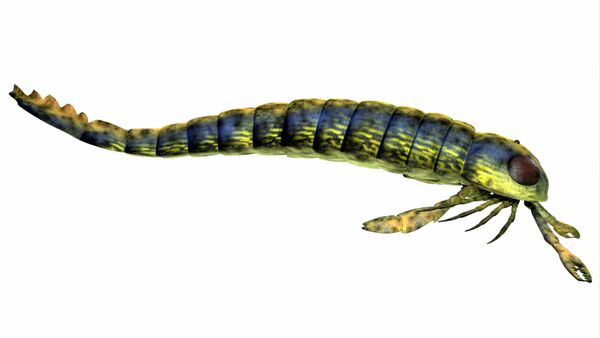Although we have fossil evidence of a gigantic dinosaur, we don't necessarily have enough to accurately calculate body mass or height. In many cases, some potential contenders exist only as a few bones today, complicating the story.
1. Amphicoelias fragillimus
Amphicoelias fragillimus might have stretched an astonishing 190 feet (58 meters) from nose to tail, but the single incomplete fossil specimen emerged in the tumultuous world of late-19th-century bone-hunters and has been lost for decades. All we have now are sketches.
2. Artgentinosaurus
Proponents of Argentinosaurus have championed this estimated 77-ton (78,235-kilogram) sauropod as the largest dinosaur, but it all depends on a mere half-dozen fossilized vertebrae.
3. Dreadnoughtus schrani
In 2014, Drexel University paleontologists made a discovery that makes one of the strongest cases for the largest land animal of all time. A 70-percent-complete fossilized skeleton of the sauropod has been assembled, which estimates suggest would have been 85 feet (26 meters) and 65 tons (59 metric tonnes). Fittingly named after a type of early-20th-century battleship, Dreadnoughtus schrani would have boasted a body the size of a house and mass equal to an entire elephant herd.

